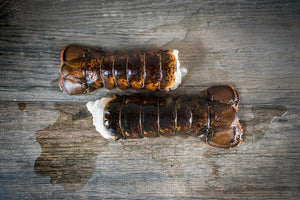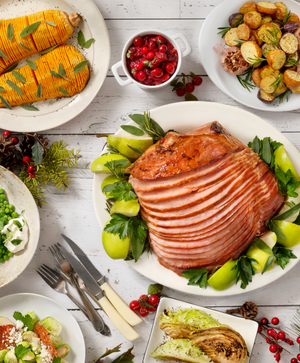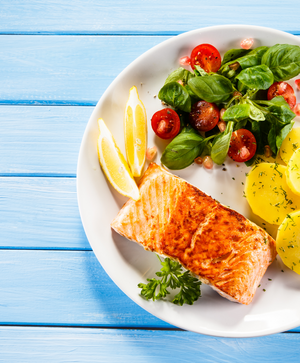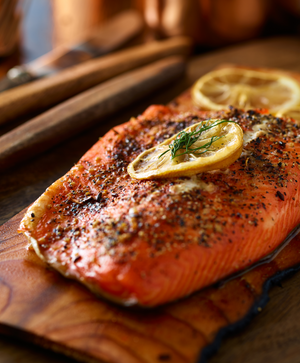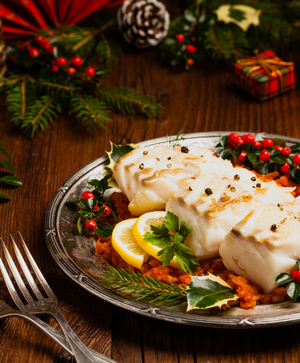How to Cook Salmon Without the White Stuff
That white substance that seeps out of salmon as it cooks is called albumin. Albumin is a protein found in salmon that, when cooked, coagulates and is expelled outwards towards the surface of the fish. The best way to avoid albumin on salmon is to cook it properly, simple as that! Here, we’ve outlined three different techniques you can use to cook a perfect piece of salmon
Perfect Pan Seared Salmon
This method is ideal for getting that picture perfect, satisfyingly crispy skin.
Heat a few tablespoons of neutral oil (such as canola or vegetable) in a large skillet over medium high heat. Pat dry a salmon fillet with paper towels, especially the skin side, and season liberally with salt and freshly cracked black pepper. Carefully place the fillet in the hot oil, skin side down. Use a spatula or tongs to press down gently on the fish for about 30 seconds to ensure that the skin is making full contact with the hot skillet. This action also encourages any air bubbles that form between the fish skin and flesh to escape, resulting in uniformly crispy skin. Remember: air bubbles = soggy spots, and nobody wants those!
Continue cooking the salmon on the skin side for about 5 minutes, until the skin is golden brown and crispy, and the flesh of the fish has begun to turn opaque about halfway up the sides. Flip the fillet over onto the flesh side and cook for about 1 minute longer, until the surface of the flesh side is lightly seared, then remove from the heat and serve.
Perfect Olive Oil Poached Salmon
Poaching fish in olive oil could not be simpler, nor more delicious. The main downside is that it uses a lot of olive oil. The upside? You can reuse that oil next time you poach fish! Just keep it sealed and refrigerated until it’s time for your next poached fish dinner, which we’re betting won’t be too far into the future.
First things first, allow your salmon fillet to come to room temperature before poaching, otherwise the oil temperature will drop too quickly if you add fish straight from refrigeration. Fill a saucepan with just enough olive oil to cover your salmon fillet and bring to a low simmer over medium-low heat until it reaches about 150℉. Carefully add the salmon into the hot oil and continue to gently simmer for 11-13 minutes, until the salmon is starting to flake and still slightly translucent in the middle. Remove from the olive oil and drain any excess oil on paper towels before serving.
Perfect Foil Baked Salmon
Rather than cooking your salmon on the stovetop as in the previous two techniques, this cooking method allows you to pop your salmon into the oven where it steams to perfection inside its own foil packet. The juices that collect in the bottom of the packet are mighty tasty, and just in case that didn’t sell you on things, the cleanup is a snap to boot!
Start by tearing a large sheet of foil and lay it flat on your work surface. Arrange 4 lemon slices in the center. Drizzle a salmon fillet with olive oil and season liberally with salt and freshly cracked black pepper, then place on top of the lemon slices. Draw the 2 sides of the foil sheet up to each other and roll together, then fold the ends up and in so you have a sealed packet. Bake in a 375℉ oven for 15-20 minutes, until the salmon flakes easily with a fork and is still slightly translucent in the center.


